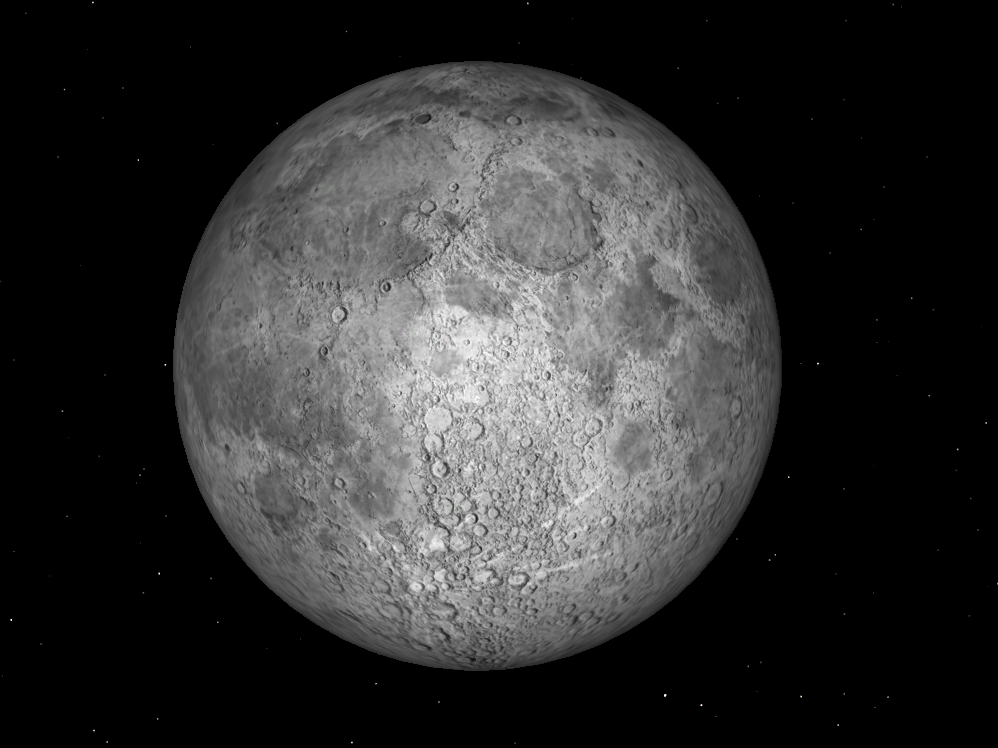
Astronomy for Beginners: The Moon
The Moon has been up there in the sky looking back at us for as long as there has been a sky. Where did it come from? Why do we see only one side continually? The Moon is mysterious and I think we can all agree on that. There are many unanswered questions and the fact remains that many of them we just don't know. In this article I will try to answer some of these more common questions in ways that make sense.
Distance To The Moon
It is pretty close to us compared to anything else in our solar system. It's average distance is around 384,000 km but that will vary slightly depending on where it is in its orbit. Radio telescopes and powerful lasers are often used to measure the distance from us to our only natural satellite. No matter how close it may seem though, it is really farther away than most people realize. It is just the closest object to us by far and that makes it look closer. One interesting fact is that the Moon is getting further away from us by 1.5 inches per year on average. Someday that cosmic behavior will affect us here.
How Long Does It Take To Get There
It takes a decent amount of time to get there and that is on a fast flying rocket. Remember it is 384,000 km from the Earth at some times in the year. Originally it was a 3 day trip but subsequent trips have decreased our rocket time to a matter of hours. The New Horizons probe only took 8 hours. Newer ships will be even quicker. Everyone is hoping that the time it takes to get there will be quick enough for regular trips. We will have to see on that!
Characteristics Of The Moon
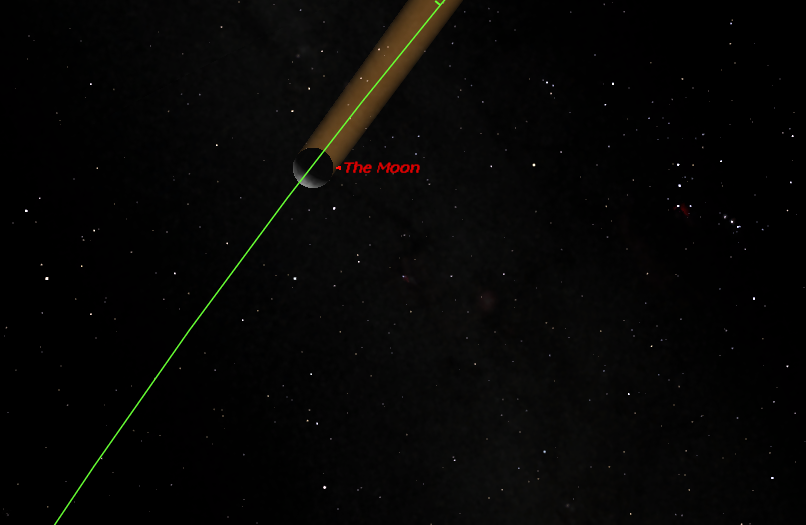
It's radius is about 1700 km which is a lot smaller than here on Earth and it means less gravitational influence as well. That means the Moon is only around 1/4 the size of the Earth. The average density is 3300 km/m^3 and is also quite a bit less than Earth's density. Why is the Moon so much less dense? Being less dense suggests that there are a lot fewer heavy metals under its surface. Metals such as Iron and Nickel are extremely dense. Gravity is also a lot less on the Moon because it is not near as massive as the Earth. For example, Earth's gravitational field is 6 times stronger than the Moon's field.
There is no atmosphere on there either which is due to its low gravity. Wildly changing temperatures, because of the Sun's intense electromagnetic radiation, are a fact of life since it does not have any real atmosphere. Temperatures range from 100k to 400k and that is below freezing to hotter than boiling.
Surface Properties Of The Moon
The surface of the Moon has been battered by meteors non stop since its existence. The meteors have caused huge craters and cracks in the surface as some of the impacts have been enormous. The Moon has large cliffs and mountains because of this and its surface is changing still. Ancient volcanoes have also helped form its surface appearance. The volcanoes are no longer active but their effects are still easy to view in the large flat plains. These flat plains look quite eerie with their smooth surfaces. They contrast with the rest of the beaten surface in a magnificent way.
Always The Same Side
We always see the same side and you probably wonder why that is. There is a simple reason for this. It rotates on its axis in the same time as it takes t complete one orbit around the Earth. That reason is why we only see one side and there is the dark side of the moon that you hear about occasionally. While that is cool it also means studying the other side is difficult unless your in space.
Rotation Of The Moon
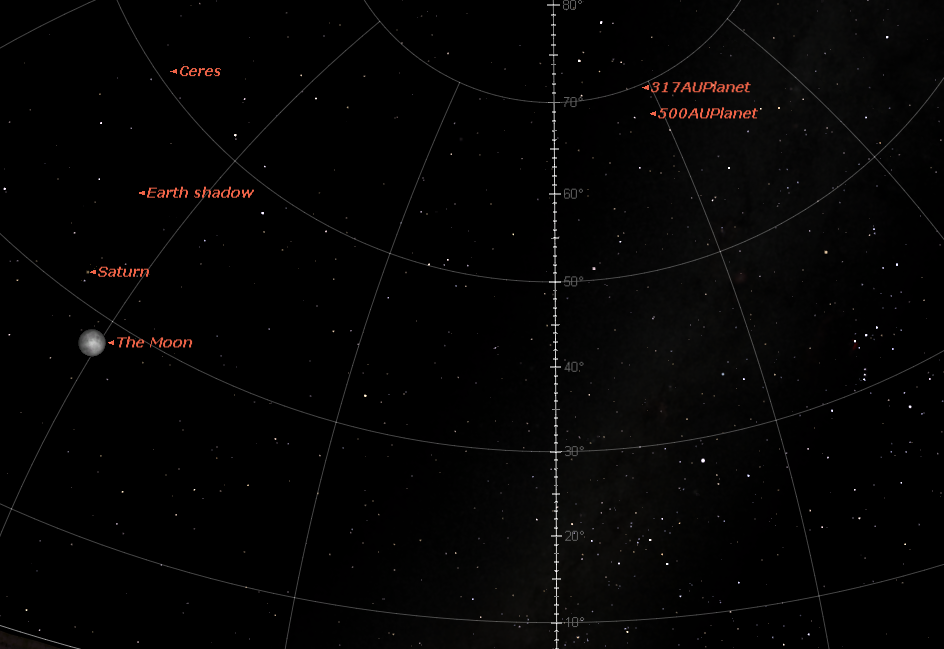
The Moon rotates just like we do even though it does not look like it from Earth. I mentioned above one section that we always see the same side of the Moon and that is because our orbits are synchronized. An orbit that is synchronized means that it's rotation period is the same as its rotation around Earth. It rotates around the Earth every 27.3 days.
Your next question is probably how could this happen to where the orbits are synchronized so closely together. It is due to two things and they are time and gravity. Time and gravity are probably the two most influential factors in the universe.
Earth's gravity has been pulling at the Moon for a very ling time. At first the orbits were not nearly so close. Over time with the Earth constantly nagging and pulling at the Moon it eventually just conformed pretty closely. Now that I think about it, the Earth sounds just like a woman I know...I'll probably get in trouble for that comment.
The Moon's Atmosphere
Does the Moon have an atmosphere? No, not really, it doesn't have one to speak of at all. The reason why is that there is very little gravity exerted by the Moon. Earth's gravity, for example, holds our atmosphere in place which lets us breathe air. Without it, we would would not survive and its as simple as that.
It does contain a few gases that have not escaped but they are in quite small amounts. What we can detect is mainly Helium and Argon but there are trace amounts of other gases too. Gases that are there come from the solar wind for the most part but there are just not many gases on our Moon.
Composition
Our Moon's composition is basically one big rock, or more accurately, many tiny rocks just stuck together. These tiny rocks have been mashed together by gravity and other impacts for a very long time. Remember that it is not very dense and there is a major lack of heavy metals. It also does not have wind and water erosion like we do on Earth. So with all the meteor impacts it has we just see hole after hole on its surface. Some are very small and some are massive.
There is some debate whether it has a solid iron core or not one at all. The consensus is that if it does then it would be pretty small. We already know the density is a lot less than here on Earth so whatever iron it has is going to be tiny.
Moon Dust
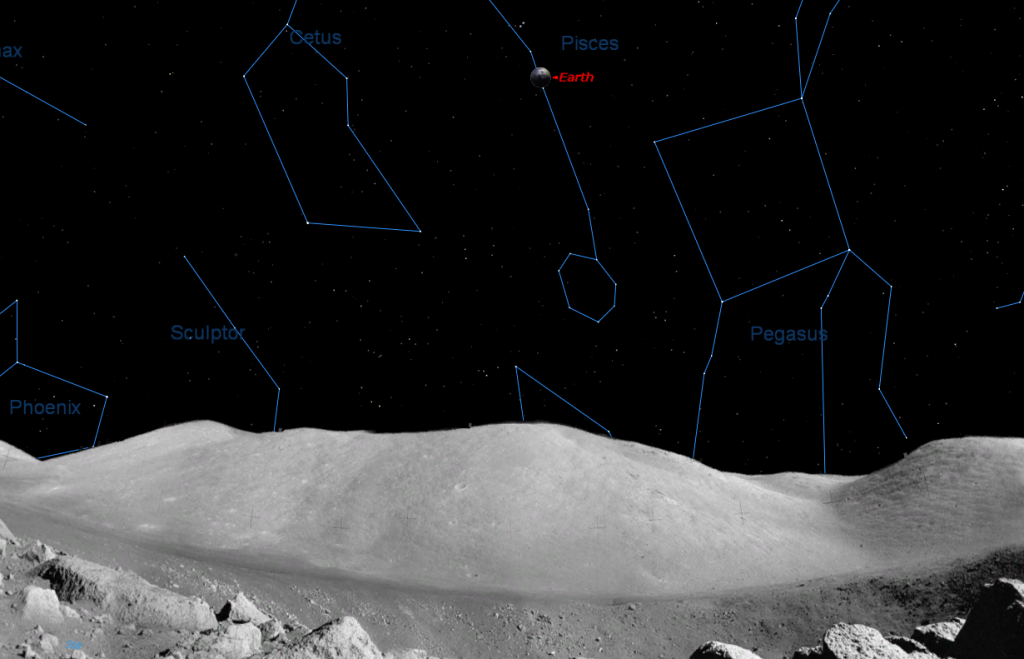
The Moon is covered with dust. It is not only covered but it is very thick too. The amount can vary between 20 meters and 100 meters. That is a lot of dust and it shows no sign of going anywhere. The reason there is so much dust is because of all the meteor impacts. After meteors hit the Moon's surface they just destroy everything remotely close to it. Other rocks nearby are ground into dust and this is where all of the moon dust comes from.
Volcanoes
There are volcanoes on the Moon! They are the reason for many of the craters however they may all be dead volcanoes now. Early in the Moon's history there were probably lots of surface volcanoes but for some reason geological activity stopped at some point. The volcanoes were very active at one point as we can see from the significant plains and smooth surfaces.
The Interior
The inside of our Moon is not very dense and in fact it is just about the same density as regular rock. This means that it most likely does not have very many heavy metals like I mentioned above. The composition is likely very much the same throughout.
No Magnetic Field
There is no heavy metal core and therefore no substantial magnetic field. Magnetic fields probably require an iron-nickel core under high pressure and heat. There is none of that and most likely never has been one. There is a tiny magnetic field but it is so small that it basically has no effects.
Origin of the Moon
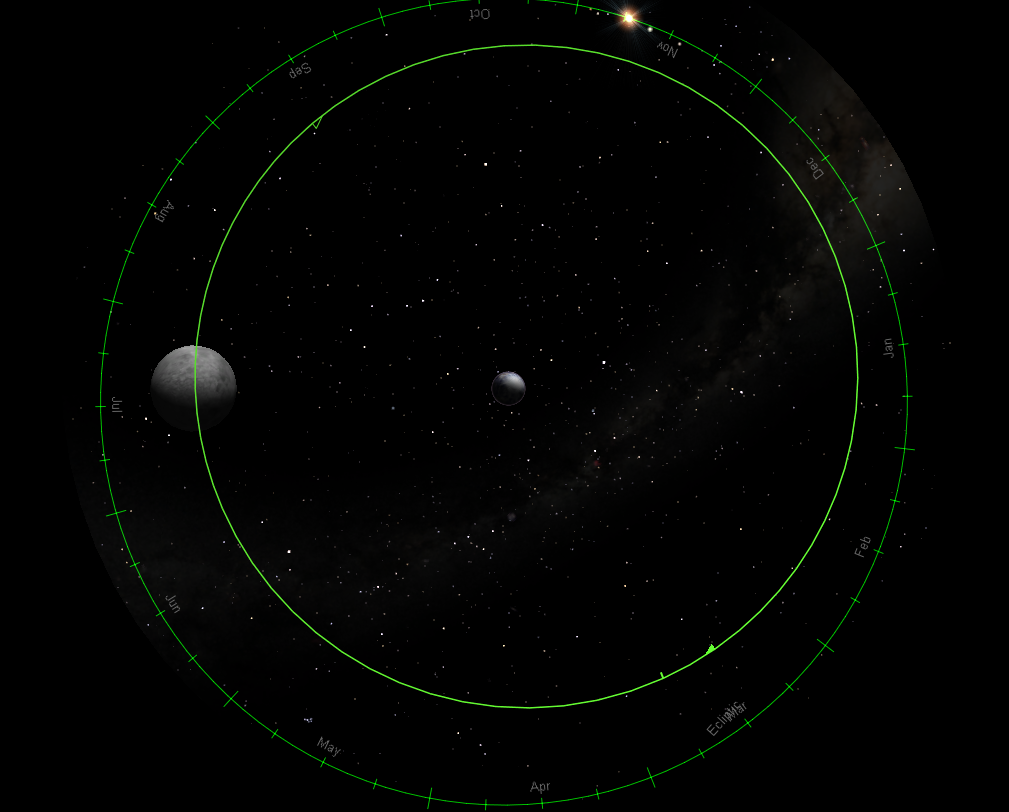
I hate to say this but we don't really know where our Moon came from. There are many theories and a few really do make sense. They can't all be right though so what we have left are best guesses.
- Moon and Earth formed separately but close together
- The Earth captured its Moon when it got too close
- Our Moon formed from the Earth itself
- The Moon formed from an impact
Based on the little evidence we have I will have to say I don't know where it came from either. The above points all make a little sense but there is no theory that is just right.
Moon and Earth Formed Separately but Close Together
This used to be a popular theory until we had a better understanding of planetary formation. This theory says that the Earth and Moon both formed around the same time in the same region. This is plausible because the Moon is in our orbit which is a hard thing to do. It does not make sense when you remember how different the makeup is for each object. The Earth has an iron core and many other metals scattered throughout. The Moon has virtually none and its entire makeup is closer to a big rock.
The Earth Captured its Moon When It Got Too Close
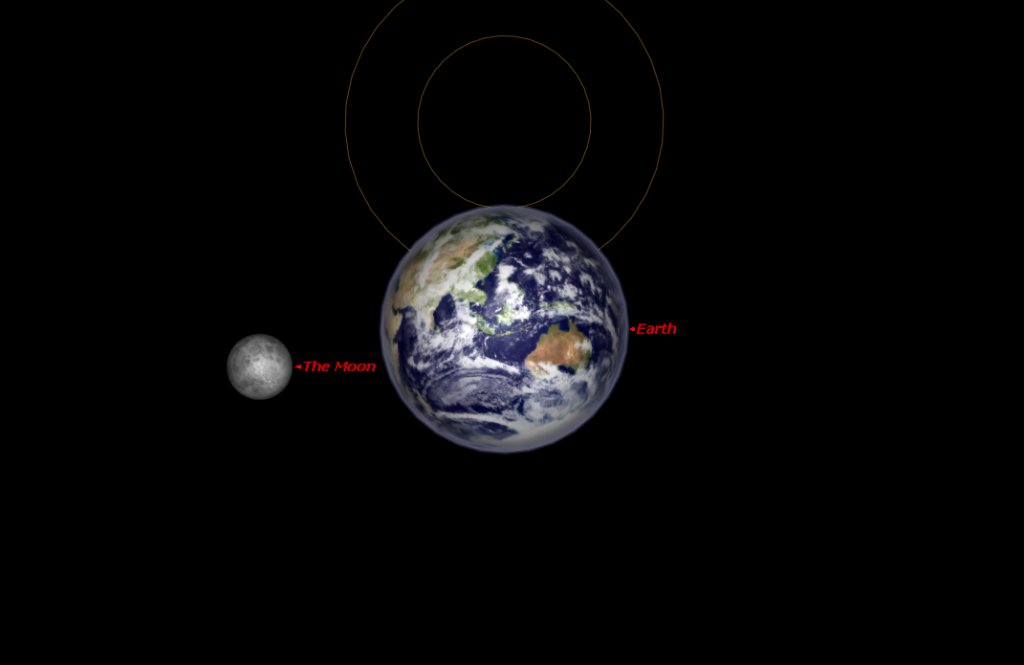
This was another popular theory at first and made a lot of sense because many planets capture their own moons. However, the one thing that stands out here is that our Moon is much too large for this to happen the usual way. Our Moon is around the largest non planet in our solar system and Earth is far from the largest. The gravity of Earth is just not strong enough to capture something the size of our Moon.
Our Moon Formed From The Earth Itself
There is a huge hole in the Earth's surface and it is the pacific basin. This theory says that a young Earth could have been spinning so fast that part of it spun off into space and then became our Moon. The density is similar between the rock in the pacific basin and our Moon. The main problem here is that there is no reason for the Earth to be spinning that rapidly nor is there any evidence of this ever happening.
The Moon Formed From An Impact
This is the most popular theory currently. Remember theories can change in a heartbeat when we find new evidence so it is important to keep that in mind. This one does make a lot of sense though as we have pointed out the flaws of the other theories above. Did this really happen? I don't know. It could have though and that is about as much as we have to go on. This theory says that a large impact by something similar to another planet did a glancing blow that knocked loose a large portion of the Earth's surface. It does at least make sense since the material would be the same and that would make the orbit problem resolve in a nice way.
How Is The Moons's Distance Measured Today
The distance to our Moon was originally measured by using geometry and measuring the length of shadows. This was done pretty accurately because they knew the Earth was round by this point. We use lasers and bounce them off a reflector that is currently on it that was put there by astronauts.
Primary Source Of Erosion
Erosion on the Moon is different than on Earth. Really small meteors that constantly bombard the Moon are what erodes it. Since there is no atmosphere they do not burn up but instead constantly hit the surface. However, this process is much slower than erosion on the Earth. On this planet the wind and water erode objects much faster.
Conclusion
The Moon has been up there in our sight for all of our short human history but it is amazing how much we still do not know. We are finding out more details steadily and hopefully we will advance our knowledge at a quicker rate than before.